Enfield Shaker Museum and Historic District
Introduction
Text-to-speech Audio
Images
The Great Stone Dwelling and the Mary Keane Chapel are separated by almost 100 years.
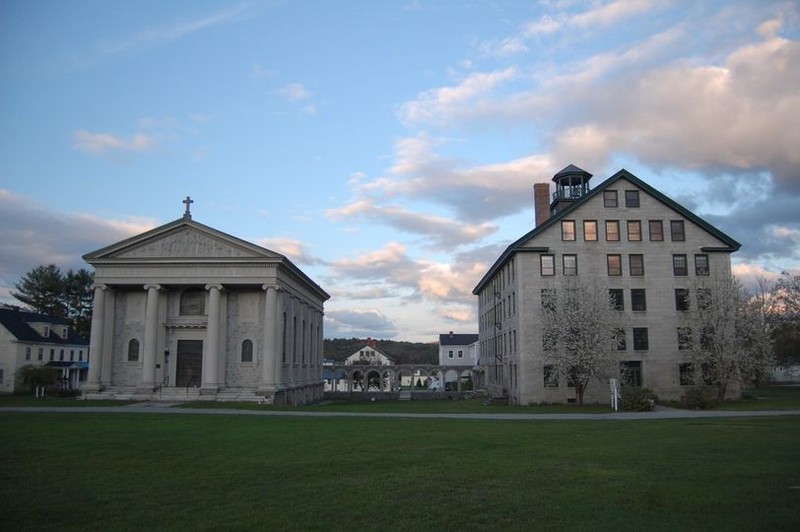
The Laundry/Dairy Barn.
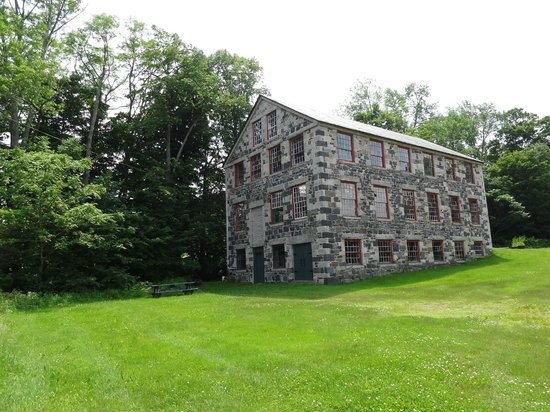
An 1854 barn located within the historic district.

The interior of the Mary Keane Chapel.
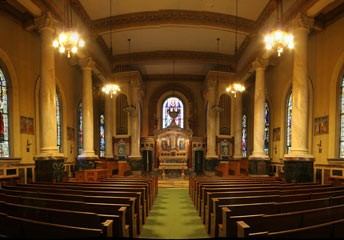
An exhibit within the Shaker Museum.
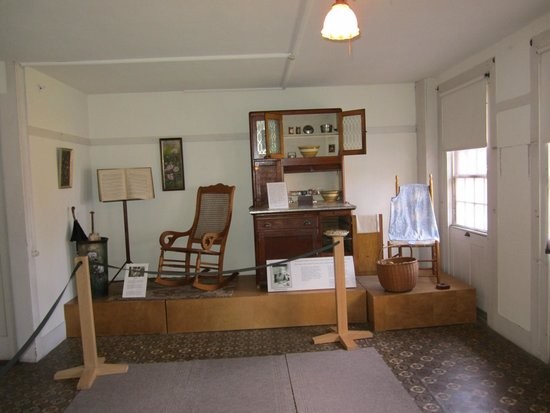
The Shaker Historic District is a popular wedding venue.
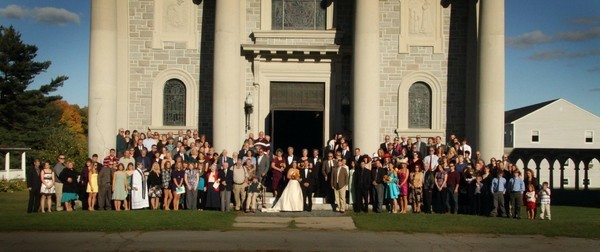
Backstory and Context
Text-to-speech Audio
The United Society of Believers in the Second Coming of Christ, or Shakers as others called them, or Believers as they called themselves, was founded in England by Mother Ann Lee in 1758. A Protestant sect, the Shakers broke from the Quakers, but suffered the same persecutions while in England. Mother Ann Lee then had a vision to take her small flock to America and they arrived in New York City in 1774. Two years later, they established their first community just north of Albany in what is now Watervliet. Expansion of the sect began slowly but picked up steam after 1780. By 1793 there were 12 settlements spread across New York and New England, to include the one at Enfield.
The Shakers at Enfield, whose religious and societal practices included gender and racial equality, pacifism, confession of sin, celibacy and communal ownership of property like all Shakers, also expanded slowly. By the early 1800s they had three “Families” living at the Enfield Community of 30 to 90 individuals each and their land holdings expanded to over 3,000 acres. They grew all that their community required and manufactured and sold common household items such as simple and functional furniture and brooms.
As the community grew, so too did the number of buildings, with the largest and most prominent being the Great Stone Dwelling which was completed in 1841. This six-story granite dwelling featured expert masonry work as well as carpentry work within. It housed members of the Church Family and was designed by well-known architect Ammi Burnham Young who also designed Vermont’s second Statehouse and buildings at nearby Dartmouth College. This centerpiece of the community was also one of the largest Shaker dwellings ever built. Other structures of significance built by the Shakers was the 1880 Ministry House, Laundry/Dairy Building and the West Meadow Barn.
As with all Shaker communities, Enfield’s numbers began to decline after the Civil War and onset of America’s Industrial Revolution. By the early 1920s, the remaining members made the decision to sell their property and relocated to the Canterbury Community in 1923. A Catholic order known as the LaSalettes purchased the buildings and 1,200 acres of land in 1927. They converted the former Shaker community into a seminary and Catholic school. They also added the neo-classical Mary Keane Chapel which still sits beside the Great Stone Dwelling. The LaSalettes closed up shop in 1974. Private investors then purchased the property in 1985 and the nonprofit Enfield Shaker Museum was formed the next year. They gradually purchased the remaining buildings and now operate and maintain the property as an indoor and outdoor museum.
Aside from the Great Stone Dwelling and Mary Keane Chapel visitors can tour other buildings and sites such as the Ministry House, two cemeteries, the Cow Barn, two Brethren Shops, the Museum Herb and Flower Gardens and Feast Ground atop Mount Assurance. The Museum also offers numerous educational opportunities for all ages, workshops, exhibits and craft demonstrations. The Great Stone Dwelling now houses an indoor museum that displays artifacts built and/or used by the Shakers to include furniture, textiles and tools. Visitors can also enjoy overnight stays within the Dwelling.
Sources
"Enfield SHaker Village History." Enfield Museum. Accessed October 21, 2019. https://shakermuseum.org/learn/enfield-history/
"Enfield Shaker Museum." National Park Service. Accessed October 21, 2019. https://www.nps.gov/places/enfield-shaker-museum.htm
NHBR Staff. "Financial woes mar future of Enfield Shaker site." New Hampshire Business Review. May 26, 2006. Accessed October 21, 2019. https://www.nhbr.com/financial-woes-mar-future-of-enfield-shaker-site/
Harrington, Jane. "New Hampshire's Shaker history: The enduring simplicity of the Shakers." NH Magazine. September 18, 2013. Accessed October 21, 2019. https://www.nhmagazine.com/new-hampshires-shaker-history/
Bussolini, Karen. "Enfield Shaker Museum and Garden." garden.org. Accessed October 21, 2019. https://garden.org/learn/articles/view/1251/
